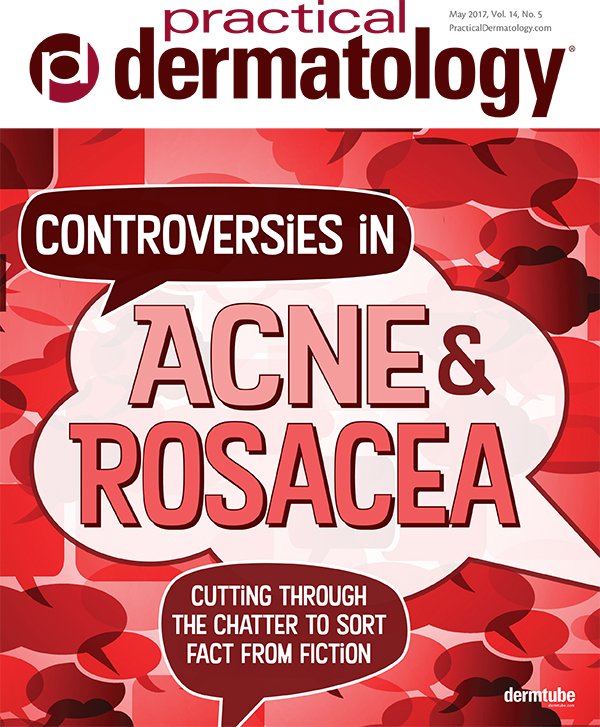Modern protocols for facial skin rejuvenation ideally include two modes of treatment. The first involves the improvement of epidermal tissue – often called ‘skin resurfacing’. Skin resurfacing can remove conditions such as sun damage, pigmented lesions, skin growths, wrinkles, and acne scars. The second involves deep heating of tissue in the dermis, stimulating collagen remodeling and causing a skin-tightening effect. This also removes rosacea and spider veins. If the right modalities are used, all of these things can be achieved, restoring the skin to a healthy, youthful appearance.
Some laser companies have tried to combine dermal and epidermal treatment in a single laser device, employing fractional patterns of energy delivery. However, these devices have a major clinical limitation – their inability to independently set the level of energy delivered to the dermis vs. epidermis. Also, these devices cannot provide pure non-ablative treatment with zero downtime, or full area resurfacing for maximum epidermal improvement in one session.
Aerolase has introduced a novel procedure called BFR™ (Bimodal Facial Restoration), involving a combination of 1064 (‘YAG’) and erbium energy. This involves the application of several passes to the facial skin with deep dermal-heating 1064nm energy – using the Neo with 650 Microsecond Technology® – followed by one or more passes with the Era 2940nm for epidermal ablation. Treatment is very gentle and one or two sessions are typical, depending on the parameters used in each session. And because the Neo and Era can be used independently, the practitioner has the flexibility to offer pure non-ablative treatment or skin resurfacing alone.
The BFR procedure from Aerolase combines two gold-standard modalities – erbium and 1064nm – delivered in pulse durations that are gentle on the skin yet clinically efficacious,” said David J. Friedman, MD dermatologist and director of the Lase Ohr Dermatology & Cosmetic Laser Institute. “With this approach, the practitioner has maximum flexibility to dial either modality up or down as needed. With the Neo, relatively low fluences are used to stimulate collagen remodeling, moderate fluences for skin tightening, and high fluences for the treatment of broken capillaries and telangiectasias. Similarly, with the Era, ablation depth can be varied depending on the skin condition and targeted indications, with spot treatment also possible for acne scars and cutaneous raised benign growths. Using both lasers together for overall facial rejuvenation delivers impressive results.”
“Facial rejuvenation is an important component of my practice, and I routinely use my Neo and Era lasers for this purpose,” said Edmund Liu, M.D., a facial plastic surgeon in Verona, NJ.
“Having both lasers enables me to address this application in two distinct ways. Using the Neo alone, I can perform ‘photorejuvenation’, improving skin tone and texture with a tightening effect yet without any downtime whatsoever. With the Era alone, I can per- form skin resurfacing to remove wrinkles, pigmented spots and acne scars with profound results in as little as one treatment session.
A promising novel technique employs combining the Neo and Era to perform the Aerolase BFR treatment. This treatment simultaneously stimulates deep collagen remodeling while dramatically improving the appearance of the surface tissue. Furthermore, owning both LightPod lasers enables you to offer a full range of aesthetic laser services. Including common treatments such as hair removal & PFB reduction, scar revision for redness reduction, vascular and pigmented lesion removal, and ablation of cutaneous lesions.”



